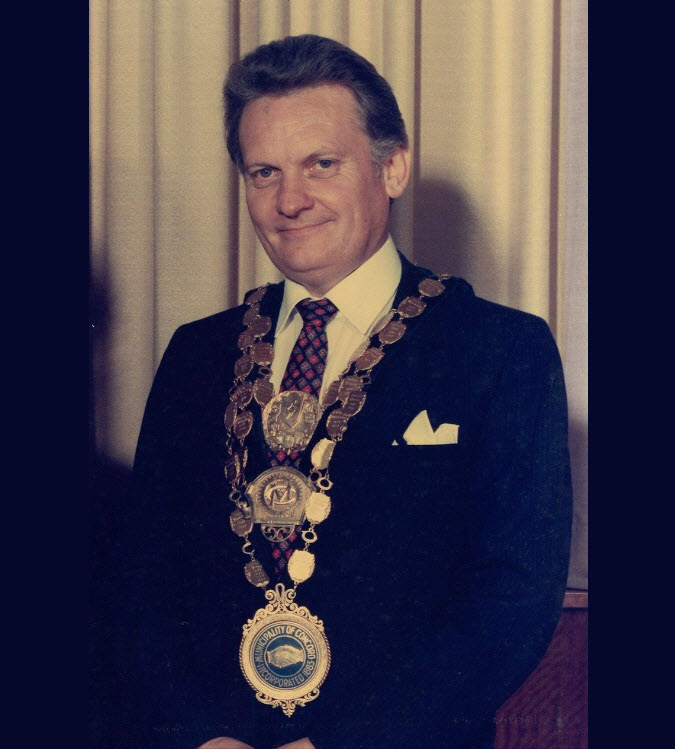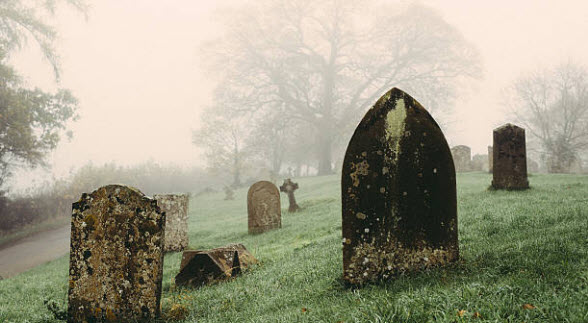Bean’s Anzac Book shaped how Australians think about Gallipoli.
One man is central to Australia’s understanding of its protracted defeat at Gallipoli a century ago. C.E.W. (Charles) Bean, Australian War Correspondent, Official Historian and unofficial curator of the Anzac legend. Bean’s overwhelming influence over how Australians remember Gallipoli, Anzacs and the Great War is undeniable and nowhere more evident than in his first Anzac…







